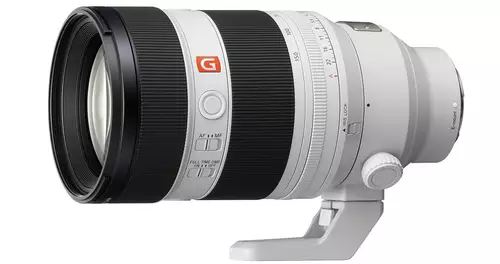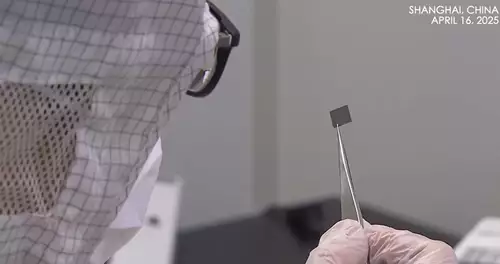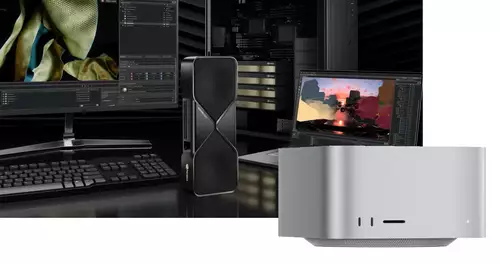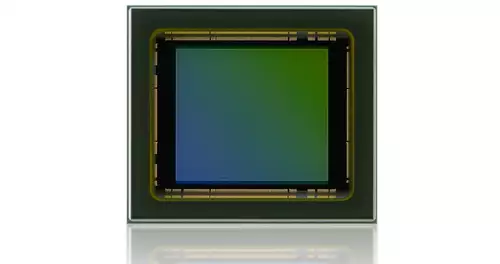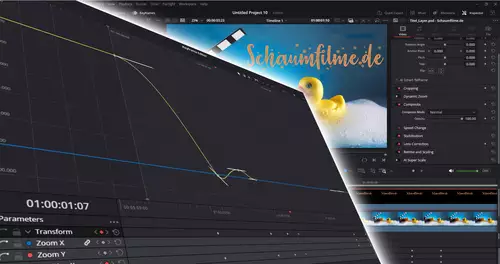Newsmeldung von slashCAM:Hier geht es zur Newsmeldung mit Link und Bildern auf den slashCAM Magazin-Seiten:
Canon EOS C300 und Sony PMW-F3 im Vergleich
Antwort von handiro:
Netter Vergleich weil er sich beide leisten kann aber das sind 2 so unterschiedliche Kameras, für mich sind die schwer vergleichbar.
Die F3 ist ein fettes, schweres Teil vom Formfaktor wie ne alte Red und die C300 ist ein R&G Schwein mit Restlichtverstärker für die Abenteuer Dokus aus der Jackentasche. Für meine Art zu arbeiten ist die C300 interessanter aber die F3 mit S-log macht die besseren Bilder. Interessant fand ich die Warnung wegen vignetting weil wohl der Sensor der C300 etwas größer ist.
Antwort von Valentino:
Die Vignettierung liegt eher am 300 Euro Foto-Zoom von Tokina und wieder
fragt man sich wie man zwei 10k Kameras mit so einer "Scherbe" testen will.
Die Kameras sind beide ja auch für PL-Mount Optiken gedacht.
Jede Canon Festbrennweite macht da ein besseres Bild :-)
Antwort von Bruno Peter:
Sehe da an den Bildern keine herausragende optisch/digitale Qualität, kann ich viel besser machen mit meiner Canon HV30 und Canon EOS 550 D.
Was übersehe ich da eigentlich an diesem "Test"?
Antwort von r.p.television:
Sehe da an den Bildern keine herausragende optisch/digitale Qualität, kann ich viel besser machen mit meiner Canon HV30 und Canon EOS 550 D.
Was übersehe ich da eigentlich an diesem "Test"?
Räusper. Einiges.
Antwort von headroom:
Test von Canon C100 und zu ungunsten der F3
Canon C100:
http://tech.ebu.ch/docs/other/WHP034-AD ... S_C300.pdf
There are clearly no null zones, where the wanted
lower frequencies mix with aliases produced by
spectral folding of the unwanted higher frequencies,
alias products. This is extremely unusual in a singlesensor
camera, where the traditional Bayer-pattern
mosaic of coloured filters must be decoded to provide
a clean video signal. It also implies that there is an optical spatial low pass filter between the lens and the sensor, to reduce the amplitude of spatial frequencies outside the band
which can be properly dealt with for HDTV.
The measured noise levels are not low enough to be limited by the 8-bit nature of the recorded signal, which
has a noise floor of about -54dB. The camera’s performance appears to be well-matched to 8-bit output.
SONY F 3
http://tech.ebu.ch/docs/other/WHP034-AD ... PMW-F3.pdf
The result is not free from spatial aliasing, there is both
horizontal and vertical visible aliasing. The aliasing, is,
unusually, both first and second order, i.e. frequencies are
reversed and then reversed again. The first alias appears to
be centred on 1920 and 1080, implying that the source is the output standard, while the second aliases are centred on about 1100 pixels and 619 lines, implying that the
sensor has dimensions which are related to those numbers, probably 2200x1238. Also, there seems to be
Figure 1 Zone plate 1080i, factory detail 10 either no optical low-pass filter to prevent aliasing, or it is still passing high-frequencies which cannot be supported by the sensor resolution.
it is also clear that the noise level is only about -48.5dB rather than the claimed -63dB in the specification


